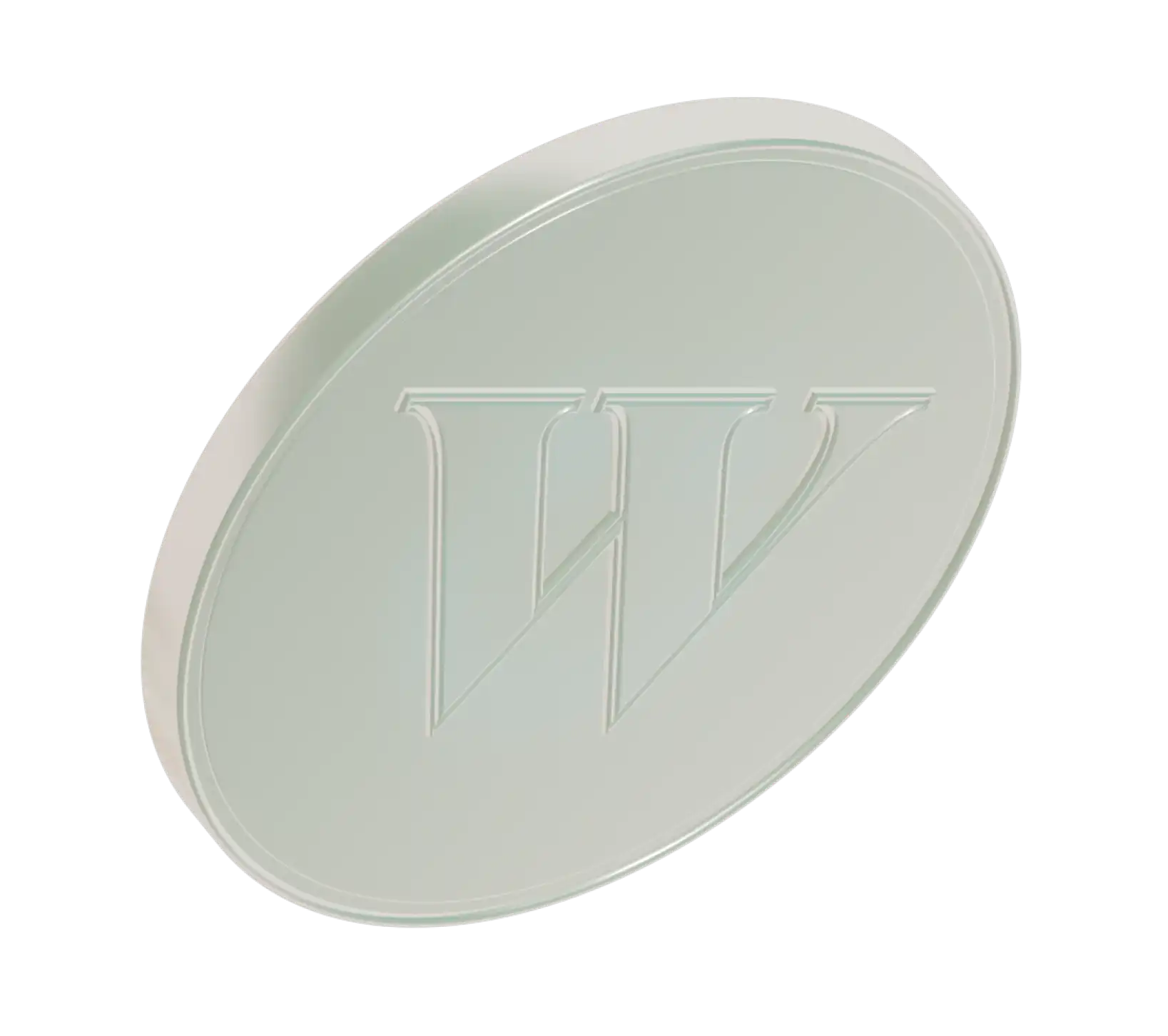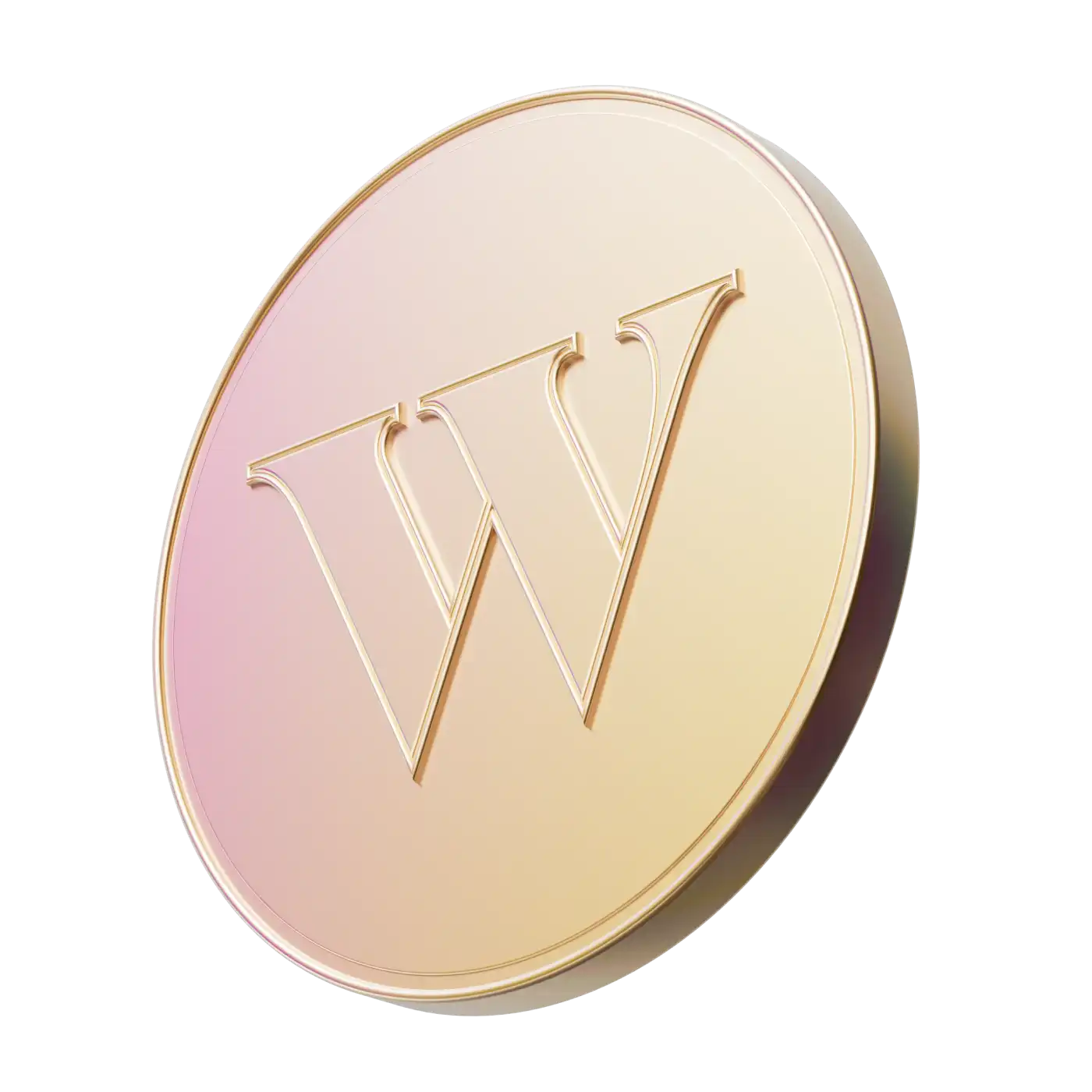We know that you know what a credit card is. But let’s go back to basics for a sec and break down exactly what it is and how it works.
Credit cards let you instantly borrow money to make purchases, with the agreement that you’ll pay it back by a certain date — and the understanding that if you don’t, you’ll owe interest on the amount that you borrowed.
Used correctly (meaning, paid back in full and on time), credit cards can help you build up your credit score. Some can also give you access to credit card rewards, and even services, like travel insurance. Credit cards can also be used to borrow cash. This is called a cash advance. But heads up: it’s less free money and more expensive shortcut with lots of strings attached.
Learn how cash advances work, how to get a cash advance, and cash advance pros and cons.
What is a cash advance
A cash advance is a way to access cash using your credit card, essentially borrowing money against your credit limit. It’s a form of a short-term loan, offered by your credit card issuer.
A credit card cash advance is very different from a regular credit card purchase. When you use your credit card to make purchases, you have a grace period to pay that money back before interest kicks in. When you use your credit card for a cash advance, interest starts accruing immediately — no grace, no chill.
How cash advances work
How to get a cash advance
You can get a cash advance in one of two ways:
Use your credit card to withdraw from an ATM
Visit a bank branch to request one using your credit card
Bank fees may apply to either method. While the amount varies, most credit card issuers charge a cash advance fee. This fee is separate from the interest, and is usually charged as a flat fee or percentage of the amount borrowed.
Cash advance limits
There is a limit to how much cash you can access via a cash advance, and it’s usually not as high as your overall credit card limit. The specific percentages depend on the card, but they usually fall between 10% and 40% of your total credit limit.
If your credit limit is $7,000 and your credit card issuer limits cash advances to 20%, your maximum possible cash advance is $1,400. But there’s a catch. That $1,400 may only be accessible if your full credit limit is available. As in, if you haven’t otherwise spent a dime on your card. If your card currently has a balance of $2,000, your credit card issuer might cap your cash advance at 20% of your $5,000 available credit.
Interest on cash advances
Not only does interest start accruing immediately on cash advances, the APR — or Annual Percentage Rate — is often higher than what your credit card issuer charges on regular purchases. That makes credit card cash advances one of the most expensive ways to borrow money.
And then there’s that little something called compound interest, which is interest that stacks daily. It applies to credit card spending, including cash advances. Every day, interest is added to your balance, and the next day’s interest is calculated on that slightly higher amount.
Let’s say you visit an ATM and get a cash advance of $1,000. The ATM charges you a $4 fee, and your credit card issuer charges you a $5 fee. Your credit card issuer charges 29.99% interest on cash advances, and that kicks in immediately. Most people don’t pay back a cash advance right away, so let’s look at how the costs of borrowing using a cash advance stack up over a 90-day period.
Interest rate: 29.99% annually (about 0.0822% daily)
Interest accrued after 90 days: $76.72
Total cost of borrowing: $85.72 ($76.72 in interest, plus $9 in fees), or about 8.6% of the loan amount
Maybe that doesn’t sound too bad to you. But that’s nearly $90 on top of the money you borrowed! That’s 12 Big Macs, or nine extra-AF Starbucks bevvies.
Plus, consider how a cash advance and the interest it accrues affects how you pay your credit card bill each month. Most issuers apply a minimum payment to the lowest-interest portion of the balance, which would exclude the cash advance amount. So if you only pay the minimum payment shown on your credit card statement, you won’t be covering the high-interest portion, and that pricey cash advance is just sitting there racking up interest — even if you’re making regular payments.
Benefits of cash advances
Quick access to cash: Emergencies happen. In a pinch — like, your car breaking down in the middle of nowhere and the only tow truck driver in town is, sorry ma’am, cash only — cash advances can give you fast access to the money you need to cover an unforeseen expense.
Flexibility. Even in today’s everything-digital world, you can still find yourself in a spot that only accepts cash (e.g., a night market during your backpacking trip, your eight-year-old neighbour’s charmingly analogue but extremely overpriced lemonade stand). If you can’t access cash in any other way (e.g., by withdrawing from a bank account using a debit card), a credit card cash advance can be helpful.
That said, these benefits apply to very specific situations. In most cases, the risks of cash advances outweigh the benefits.
Risks of cash advances
High fees: Between fees charged by the bank and the credit card issuer, you could be paying nearly $10 (or more) per cash advance. These fees are even higher if you’re withdrawing a cash advance when outside of your home country.
Interest rates: The APR on cash advances is typically much higher than the APR on regular credit card spending.
Immediate interest rate accrual: You don’t get a 30-day, interest-free period with a cash advance. That high APR kicks in as soon as the cold hard cash is in your hands.
Potential impact to credit score: A cash advance increases the outstanding balance on your credit card, which increases your credit utilization ratio (the percentage of total available credit you’re using). Higher ratios can negatively impact your credit score. Plus, because cash advances can be harder to pay off due to the high interest rate, you might end up carrying the balance for longer, which will keep your credit utilization ratio high. Not good, especially if you also happen to be buying a car, renting an apartment, or any other situation that requires providing your credit score is rock-solid.
Alternatives to cash advances
Cash advances are an expensive and potentially risky way of borrowing money to cover an emergency or other unforeseen need for cash. Hindsight is always 20/20; preparing ahead of time for potentially urgent cash needs is the best alternative.
Build an emergency fund: Start stashing money away — in a bank account, not in some random book you won’t pick up for five years — that you can easily access if something temporarily goes south. Experts recommend aiming to save (eventually) between three and six months’ worth of expenses in your emergency fund.
Open a personal line of credit. A line of credit is a way smarter way to borrow money. The interest rate is usually much lower than what a credit card issuer charges on a cash advance, and you only pay interest on the money you actually use. Plus, most lines of credit don’t charge transaction fees and they let you repay and re-borrow as you need to. It’s got nearly all the same benefits of a cash advance, with one caveat: opening a line of credit requires an application, and you’ll need to have a fair to excellent credit score to qualify.


